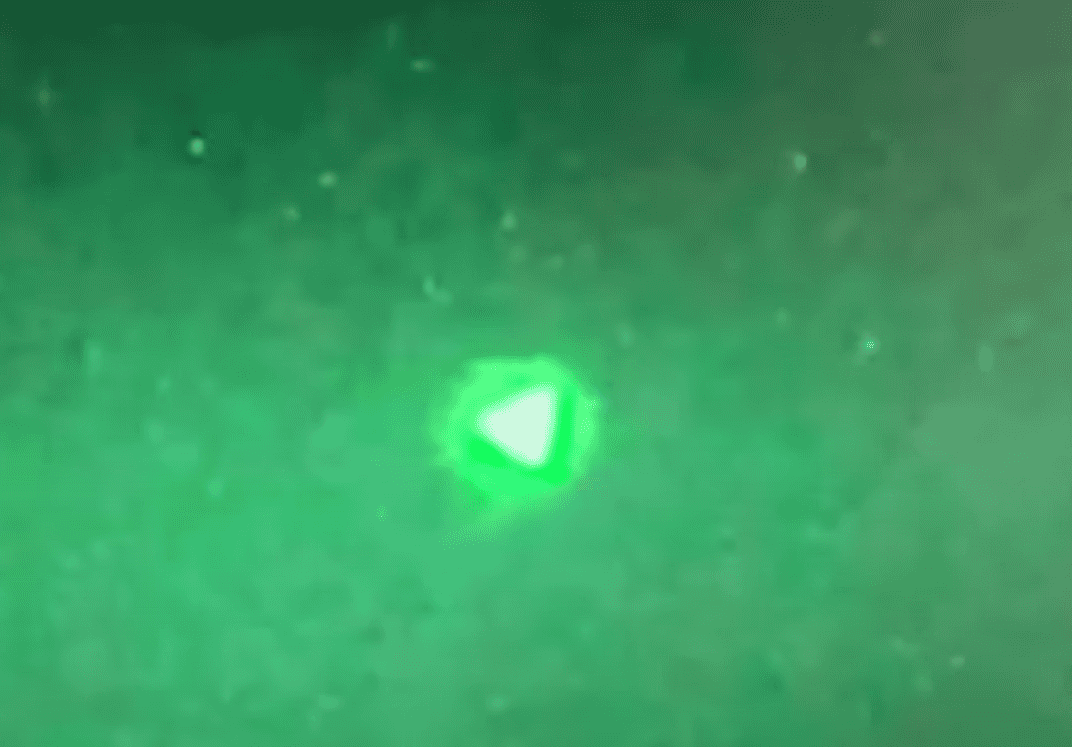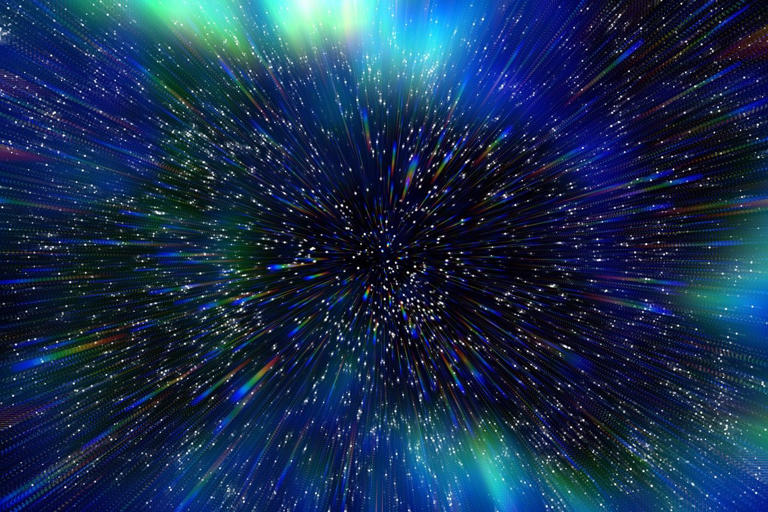Black holes are places in the Universe where gravity is so powerful that it distorts time and surrounding space. Nothing, not even light, can escape from within. However, nothing prevents the Earth itself from being inside a black hole.
Gaurav Khanna, a black hole physicist at the University of Rhode Island, explains the hypothesis that Earth could have formed inside a black hole. "A black hole looks a lot like the Big Bang upside down. Mathematics is similar," says Gaurav Khanna. One theory suggests that the Big Bang could have been initially the singularity of a black hole in a larger parent universe. The singularity would have compressed until a phenomenon would have reversed the trend, creating an "explosion" of space and time: the Big Bang. This would then have generated our Universe while remaining inside the black hole.
This theory, known as Schwarzschild cosmology, suggests that our universe is currently developing inside a black hole that is part of a parent universe. This would imply the existence of universes within universes, such as Russian dolls, and that travel through the horizon of a black hole could open up another universe.
Scott Field, an associate professor of mathematics at the University of Massachusetts Dartmouth, believes that if Earth is inside a black hole, it must be extremely large. If the Earth existed in a "small" black hole, we would notice effects like tidal forces and the slowing down of time.
From inside a black hole large enough, it would be impossible for us to know that there is another parent universe, according to Gaurav Khanna. We would be unaware of its existence.
Link in French


